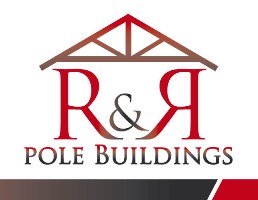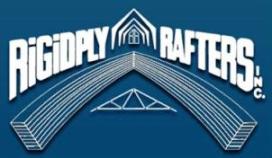"Eco-friendly insulation solutions"
Add an eco-friendly insulation solutions to increasing the value and usefulness of your new or existing building. As an insulation contractor specializing in both green fiber blown insulation and fiberglass options, we just want to share a few quick tips to help you make the decision that is best for you in your quest for better energy efficiency in your building.
Overview of the 2 most common types of materials
1. Fiberglass batt insulation
The term "batt" is short for batting - a thick quilt-like padding - that typically comes in rolls. It is made from glass fibers, hence its name.
2. Blown cellulose fiber insulation
Made from plant fibers (of which currently well over 100 different kinds of plants have been used) this insulation is unformed and commonly referred to as "loose fill".
What this means for you?
Here
are the general pros and cons of each type.
Kraft face - has a paper backing or "facing" on one side of the fiberglass batts typically including tabs used for attaching to the structure. This makes the installation process easier to handle, especially for the purpose of applying it to walls.
Non-kraft face - the first and simplest difference is that it does not have the paper "facing", making it slightly more challenging to install. Secondly, without the facing it tends to sag more over time resulting in somewhat compromised insulating value. This is most noticeable in walls usage. When applied to flooring situations is not so problematic.much
2. Blown cellulose
Self descriptive, this insulation is literally blown into the targeted areas with equipment utilizing forced air. Not only is it generally more pleasant to work with than fiberglass batting it has a definite advantage in specific situations.
How so?
A natural 2nd "green" benefit of our insulation solutions
Besides
being eco-friendly by nature due to its natural fibers, it has a good second
reason working to its advantage making it an even more energy efficient
insulation solutions. Its "continuous flow" application process enables it to
create a more complete thermal seal, especially in floors for attic-type spaces.
Typically fiberglass batts are placed in between structural framing components such as wall studs, floor joists, etc. Each of these members creates a "thermal break" - or opportunity for heat loss. This happens because the insulation factor is broken wherever the batts do not connect to each other.
Blown insulation solutions, on the other hand, can greatly reduce - possibly even eliminate - those thermal breaks. The fibers are piled up as a thick, widespread covering that flows right over top of the framing members maintaining an unbroken and better sealed blanket of insulation. This ends up giving you a higher degree of energy conservation.
Several final considerations
1. Think carefully about access needs to the areas you plan to insulate. Will it be necessary for any of the insulation to be removed or shifted in the future? If so, which type will you be more comfortable working with?
The thicker, but loose cellulose fibers or the itchy, but more contained batting?
2. Ask for professional insights if you are not sure what is best in your project situation. Depending on your goals some applications will definitely be more advantageous than others.
Providing you with the best-fitting insulation solutions when it comes to installing both fiberglass batt and blown insulation is what our energy efficiency department has been built.
If you have a project in mind and need a quote - or answers to any questions you haven't been able to resolve yet - don't hesitate to get in touch with us today…





